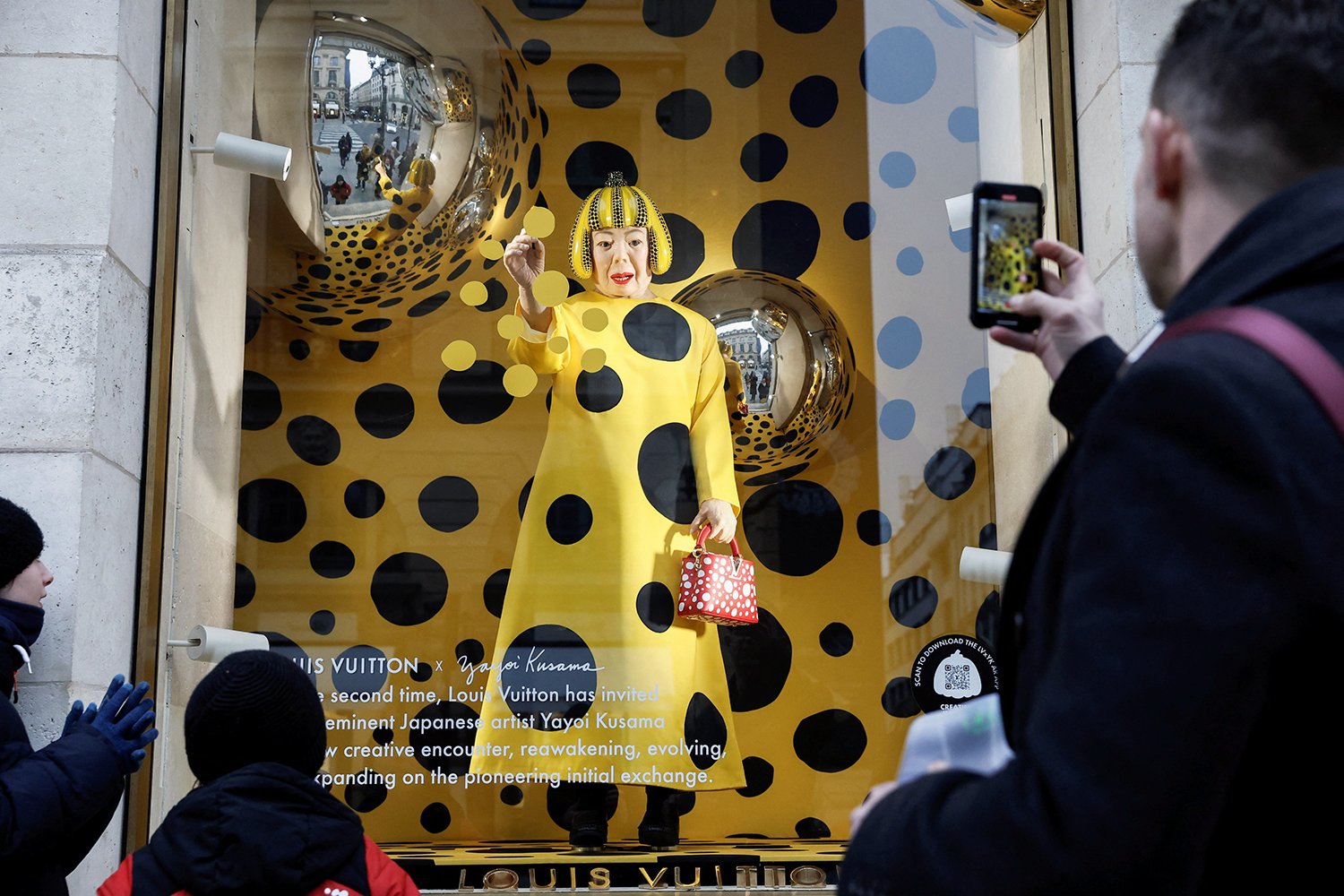About Yayoi Kusama's Aggregation: One Thousand Boats Show

Women’s rights are facing increased legislation in the United States. This is 1 of 8 pivotal artworks about women’s autonomy and sexuality.
Cover photo: Aggregation: One Thousand Boats Show, mixed-media, by Yayoi Kusama (1963). Photo by Daryl Michtell and courtesy of Flickr.
Even in this #MeToo era, women’s rights are still under attack. Activists are fighting all over the world, for the LGBT community, Black lives, and women’s control over their own bodies and sexuality. Just recently, 8 states have passed new anti-abortion bills. Here are 8 pivotal artworks about women’s autonomy and sexuality. This is one work of an eight-part series.
WARNING: The following article discusses topics of sex and nudity.
Aggregation: One Thousand Boats Show — Yayoi Kusama (1963)
Yayoi Kusama (1929-Present) is a Japanese contemporary avant-garde artist. Her art is characterized by repetition, automatism, and obsession. Kusama is best known for her use of polka dots, pumpkin motifs, and mirrored infinity rooms. She holds the record for the second most expensive living female artist.
Kusama began painting as a child, around the time she started to experience hallucinations. This was likely worsened — or perhaps caused — by Kusama’s difficult family life.
Kusama’s father was a serial-philanderer and her mother would ask her to watch him and his mistresses. “When I was a child, my father had lovers and I experienced seeing him. My mother sent me to spy on him. I didn’t want to have sex with anyone for years,” Kusama recalls.
Kusama moved to New York in the late 50s, at age 27, to pursue her career as an artist. She was incredibly prolific: painting, drawing, and even arranging anti-war performances. In 1962, Kusama began covering found objects — sofas, couches, dresses — in soft-sculpture phalluses, made of cotton-stuffed canvas.
The sculptures clearly served as a form of aversion therapy for Kusama’s fear of the male body, dating back to the affairs of her father. “I began making penises in order to heal my feelings of disgust toward sex,” Kusama explains.
Curator Laura Hoptman describes Kusama’s phallic pieces this way: “By sitting on [them], of course, you’re doing damage or you’re doing violence to the phalluses that you’re sitting on. It is at once inviting, but it’s also quite intimidating. These works are shocking and they continue to be shocking because of their overt sexuality and also their humor.”
One day, Kusama found a boat in a junkyard with friend and fellow artist Donald Judd. This would become Aggregation: One Thousand Boats Show, Kusama’s first room installation. This is among the largest of Kusama’s phallic artworks.
Aggregation: One Thousand Boats Show is the pinnacle of Kusama’s simultaneous fear and obsession. The black wallpaper lends the impression as if the boat has been abandoned in a dark grotto, with the soft-sculptures growing like white coral on the surface. The boat sits stranded, immobilized, and unusable. The work is a psychological self-portrait. For the original unveiling, Kusama posed nude with the work, heightening the sculpture’s sexual nature.
In fact, Andy Warhol was inspired by the work to create his lauded 1966 Cow wallpaper. Even though Kusama pioneered the artistic use of a variety of mediums, she was largely ignored. Claes Oldenburg became internationally renown when he adopted soft-sculpture after Kusama.
Curators attribute Kusama’s lack of success to a potent combination of sexism and racism. She was also a victim of her own integrity, as she was unwilling to create work that would have sold more easily.
By 1973 Kusama was maligned by the media, depressed, and destitute. She returned to Japan, and checked herself into a mental hospital in Tokyo a couple years later, where she still lives.
Kusama was forgotten until 1989, when New York’s Center for International Contemporary Arts staged a retrospective of her art. Following additional blockbuster exhibitions within the last few decades, Kusama has become one of the world’s most beloved artists living today.












